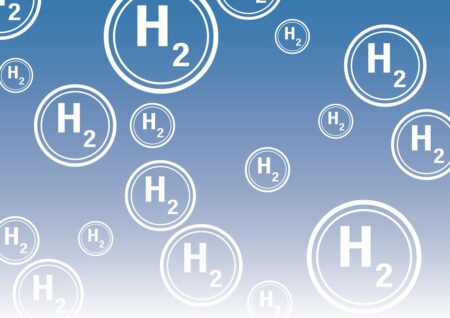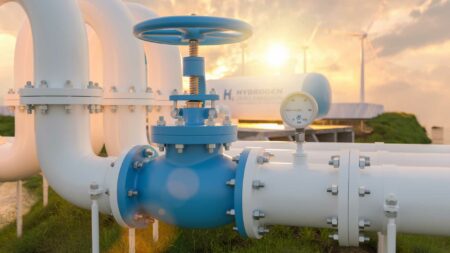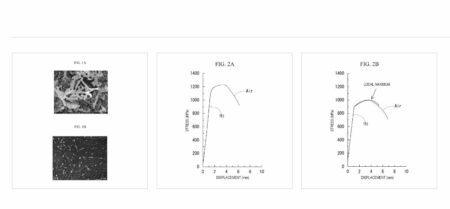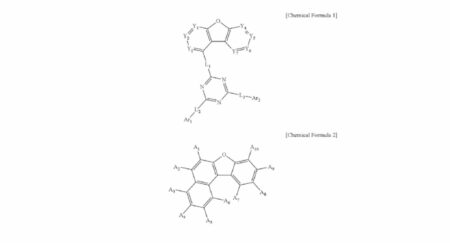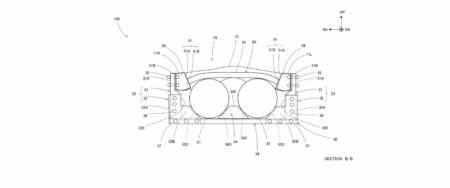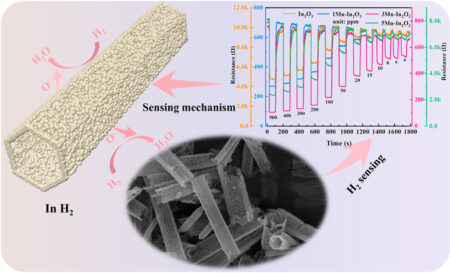A recent study conducted by a team of researchers led by Wenzhao Wu and colleagues has made significant strides in understanding how optimizing intake parameters can enhance the performance of direct internal reforming solid oxide fuel cells. This research holds promise for advancing hydrogen energy technologies.
Browsing: Innovation
The case study focused on Line 1 of the West-East Gas Pipeline.
Daido Steel Co., Ltd, a prominent player in the materials science industry, has recently filed a patent for a martensitic stainless steel material designed specifically for hydrogen gas environments.
This article examines the technological advancements, potential applications, market impacts, and competitive landscape associated with Borealis AG’s patented process.
This research, published in the International Journal of Hydrogen Energy, sheds light on using Planar Laser-Induced Fluorescence (PLIF) technology to explore the dynamics of hydrogen combustion.
The inventors, whose specific names aren’t provided in the abstract, propose an advanced organic light-emitting device with unique compounds designed to enhance hydrogen storage efficiency.
The patent delineates a structure comprising a pair of side rails running longitudinally along the vehicle, a lower cross member connecting these rails, a hydrogen tank mounted on this lower structure, and an upper cross member linking the rails above the hydrogen tank.
This cutting-edge technology employs metal-organic frameworks (MOFs)-derived manganese-doped indium oxide (In2O3) hollow nanotubes, marking a significant advancement in hydrogen detection capabilities.
Advanced CFD simulations are critical to the research, providing a high-resolution understanding of flame behavior. To decipher the interactions, the researchers carefully controlled and monitored flame parameters, including velocity, temperature distributions, and flame length.
The research focuses on modeling cryogenic hydrogen vapor clouds and analyzing how these clouds spread in different atmospheric boundary layers. The key findings highlight the significant influence of various atmospheric conditions on the behavior and dispersion of hydrogen vapor.


